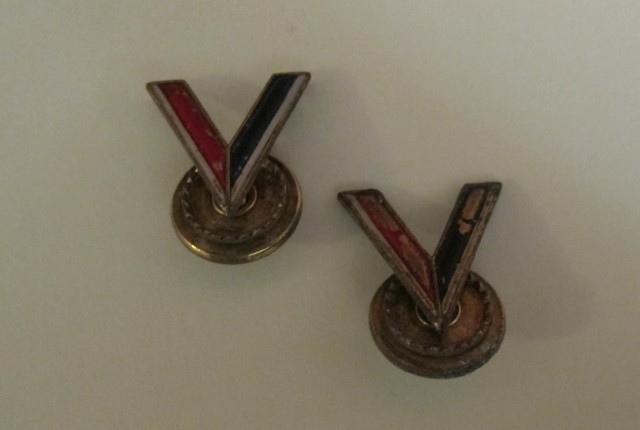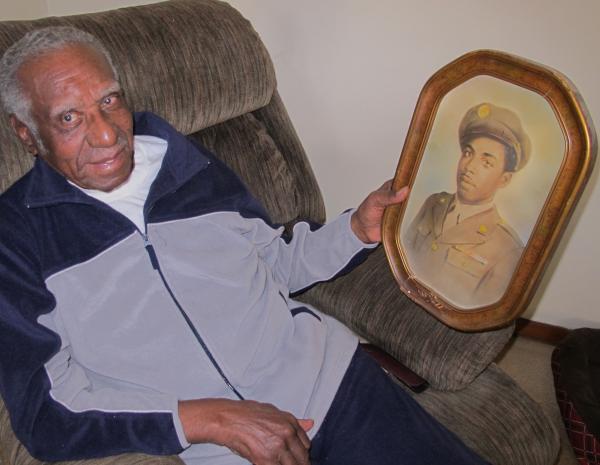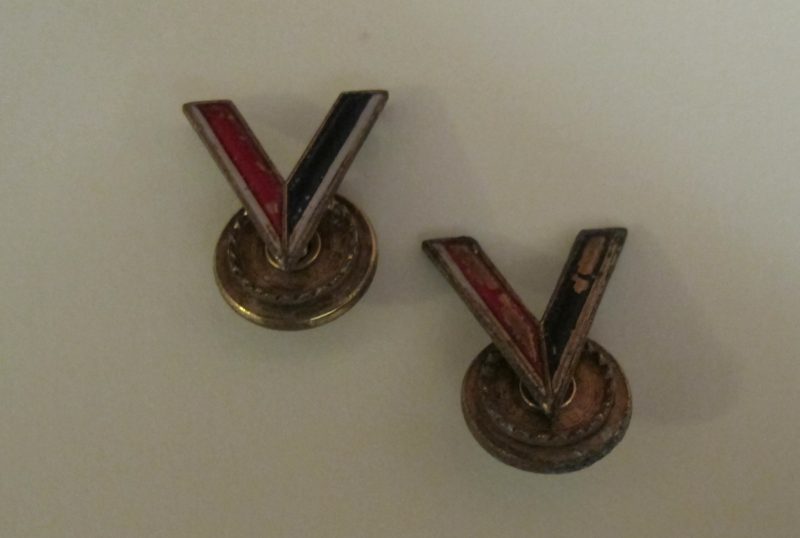
In honor of Black History Month or the African-American Month as it is known in the US (celebrated February in Canada and United States; October in the UK), let us look back to how it was for black American soldiers in WWII and the ‘Double V’ Campaign.
Of the 2.5 million African-American soldiers who enlisted for the army at the outbreak of WWII, less than half of that actually were called in to serve. Those who were accepted in the army’s folds found out, rather with difficulty, that though they served their country abroad, they were met with less warmth and less democratic welcome at home.
The Pittsburgh Courier, the most widely read black newspaper during that time, received a modest but assertive nationalistic letter addressed to its editor from one James G. Thompson, a 26-year-old African American living in Wichita in 1942. The Courier published it with the title “Should I Sacrifice to Live ‘Half-American’?”
Here, Thompson wrote:
“Being an American of dark complexion and some 26 years, these questions flash through my mind: ‘Should I sacrifice my life to live half American?’ ‘Will things be better for the next generation in the peace to follow?’ ‘Would it be demanding too much to demand full citizenship rights in exchange for the sacrificing of my life?’ ‘Is the kind of America I know worth defending?’ ‘Will America be a true and pure democracy after this war?’ ‘Will colored Americans suffer still the indignities that have been heaped upon them in the past?’ These and other questions need answering.”
After pointing out how African-American soldiers, who served US willingly and patriotically as their white comrades did, were treated as second-class citizens in their own home, Thompson projected an expansion of the very popular ‘V for Victory’ sign – his push for reformation from the Jim Crow (separate but equal) laws – into ‘Double V’ Campaign for the African-American people.
“The V for victory sign is being displayed prominently in all so-called democratic countries which are fighting for victory over aggression, slavery, and tyranny. If this V sign means that to those now engaged in this great conflict, then let we colored Americans adopt the double V V for a double victory. The first V for victory over our enemies from without, the second V for victory for our enemies from within. For surely those who perpetuate these ugly prejudices here are seeking to destroy our democratic form of government just as surely as the Axis forces,” Thompson wrote in his letter.
A Soldier Remembers

98-year-old African-American John Monk served in United States Armed Forces for 20 years; his career started less than a year after the country entered WWII. Even at his old age, he still clearly remember his war experiences especially when he came back home.
He recalled that when he returned to the South during a leave after WWII wearing the stripes he earned in his military service, he was met with hostility.
“They’d say, ‘Hey, boy! What are you doing with those stripes on?’ I’d say, ‘I earned them. I’m in the army,’” Thompson said. “I had been in the army for four years at that time. He say, ‘Ain’t no (N-word) soldiers in the army. You gonna to get in big trouble, boy. You gotta get them stripes off! I’m going to have the police put you in jail,’ and all that kind of stuff. But, my mother always wanted me to wear that uniform and that’s what I got when I wore it.”
The Kansas African-American Museum in Wichita has included a number of pieces connected to the ‘Double V’ Campaign in its permanent museum display.
In 1946, a group called “Double ‘V’ Victorettes” put up a small WWII memorial site in Wichita’s McAdams Park in honor of the African-American soldiers who served during the war.
– KMUW reports; additional information from the African Americans
